Getting started with literacy centers for the very first time can seem overwhelming. But it doesn’t have to be that way!
If you’ve never tried literacy centers before, or you tried and quickly gave up because things just weren’t working, you’re in the right spot.
In this post, I’ll share why literacy centers are an important part of literacy instruction and give you some ideas and tips for taking that first step. I’ll also share a a great freebie to get you started!
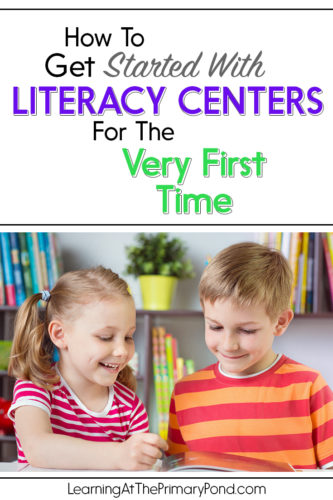
Why should I use literacy centers?
Literacy centers provide independent practice, which is an essential part of literacy instruction! Centers give students opportunities to practice the skills and concepts that are next on their paths to becoming better readers and writers.
Literacy centers also give students many chances to learn independent work skills, take risks in a low-stakes environment, and build their confidence.
Best of all, literacy centers give students choice. Choice is so important; it motivates kids, increases their engagement, and lets them take ownership of their learning.
What literacy centers are easiest to start with?
Before we go any further, I want you to repeat after me, “There is no ONE right way to do literacy centers!” ?
If you want to climb the ladder to literacy center success, start small and try a few! Give your students opportunities to work on their reading, writing, listening and speaking skills, and you absolutely can NOT go wrong.
Instead of worrying about doing it the “right” way, focus on making the bottom rungs of your ladder easy to climb. I mean REALLY easy. Just like you scaffold your students’ learning, you want to scaffold yourself to success with literacy centers.
Start with the things that are easy, don’t require a lot of prep and supplies, and have a high chance of success. If you’ve never done centers before, I recommend making the first three rungs Independent Reading, Partner Reading, and Word Work.
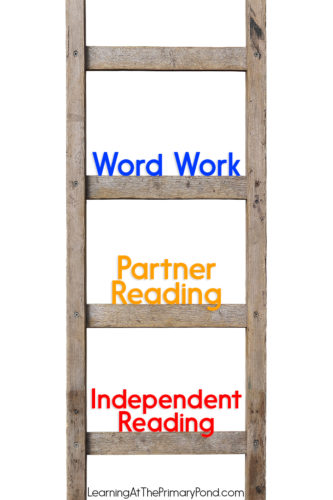
And if you are thinking to yourself that any of those options won’t work for your students, ask yourself, “What are my kids already doing successfully that they could do independently in a center?” Then choose two or three and make those your bottom rungs.
As you start, choose things that are easy to implement and will be immediately successful. Build your students’ understanding of how centers work while building your own confidence in making centers work for your classroom!
For a more in-depth explanation of these centers, or if you’re ready to dive in a little deeper, you can find more information here:
How do I get started with centers?
Successful centers don’t magically happen!
Once you choose your centers, there are some things you absolutely have to consider before you introduce the centers to you students.
I like to think through my centers in great detail before teaching my kids how to work in the centers. I make sure I am crystal-clear on the purpose and function of the center. Asking myself a few focused questions really helps me with that.
Here are three questions to help you get started…
What exactly is going on in the center?
Be specific here! For example, in the Independent Reading center in Kindergarten, I expect my students to set a timer and choose new books, choose a spot to read, and read quietly.
When you are just getting started, remember your goal is for students to be able to work in the center independently and successfully! You can add more choices and skills once the center is running well, but at the beginning, keep it simple!
Visual aids, like this one from my Literacy Centers for Kindergarten bundle, are great for showing students the expectations of the center. I display one like this in my Independent Reading Center to reinforce my expectations.
What will students do when they get “stuck”?
One big challenge with centers is when students get stuck on something and don’t know what to do. Identifying common problems ahead of time and teaching kids how to solve those problems on their own helps a lot!
Visual aids are important tools for this particular challenge. This one, from my Literacy Centers for Second Grade bundle, shows students the procedure for partner reading.
A poster like this clearly illustrates the expectations and helps students problem solve. Instead of asking you for help or getting off-task, they continue to work independently!
Do students have everything they need to complete the activity?
Check and double-check to ensure that everything students need is in the center. I always do the activity myself, just to be sure! Supplies at the ready mean students can continue to focus on their work, instead of asking you for a pencil or the magnetic letters right in the middle of your guided-reading lesson!
Your Next Steps
Feeling a little less anxious about using literacy centers in your classroom? I hope so! Remember that there is no ONE right way to do centers. Your students are unique, their learning needs are unique, and you know best what you need to do for them.
To help you get started, I’m sharing my FREE Literacy Center Toolkit with you. You’ll get 10 ideas for literacy center activities, and some tools and printables to keep you organized!
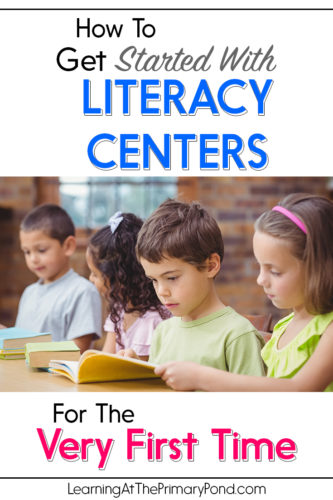




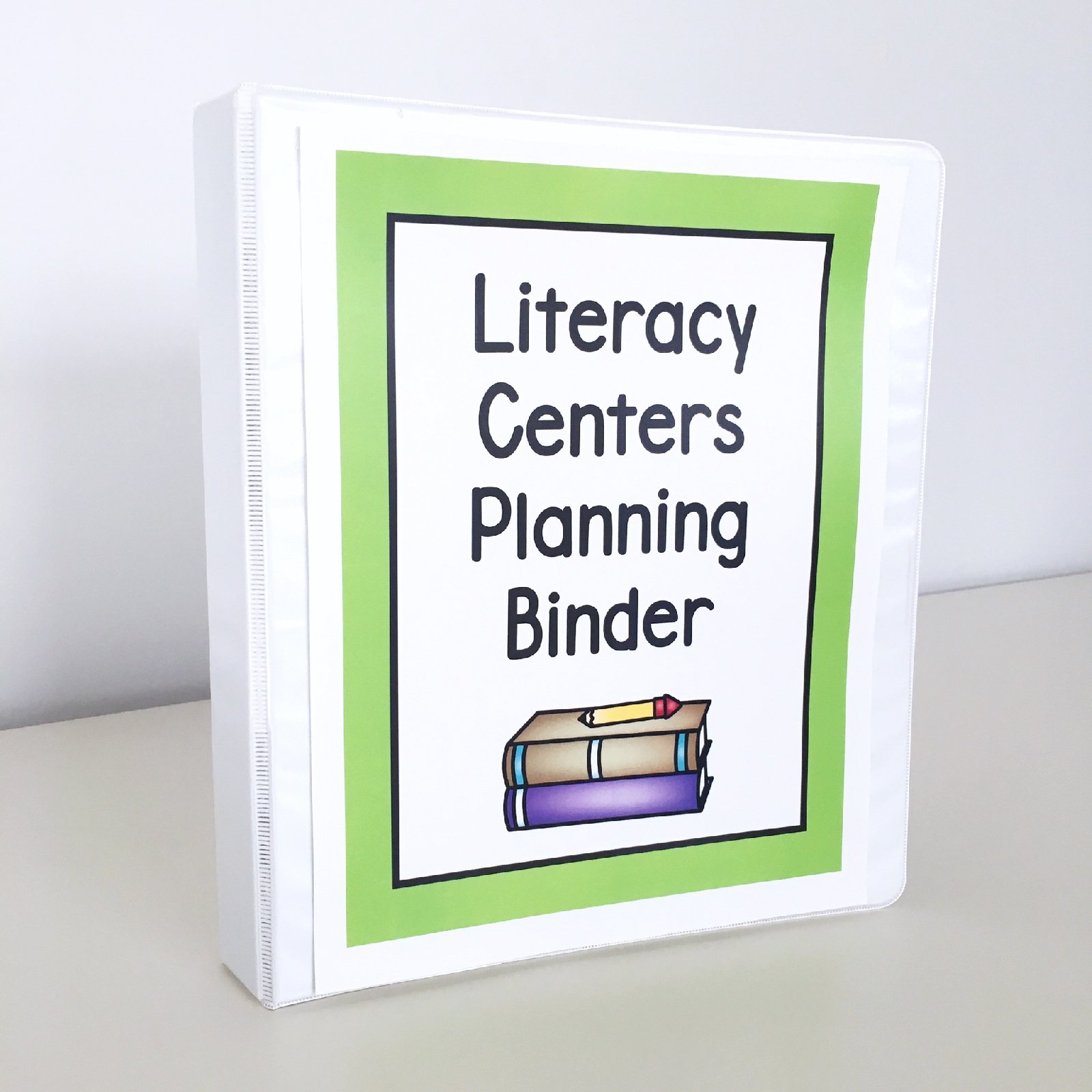
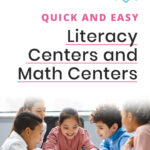
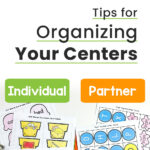
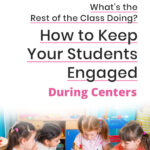
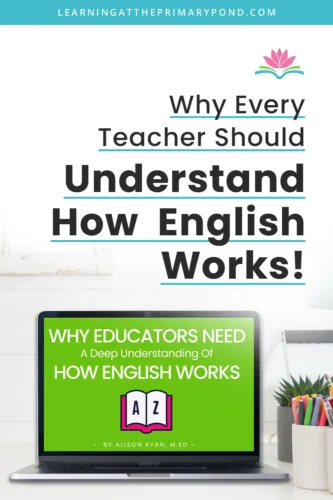
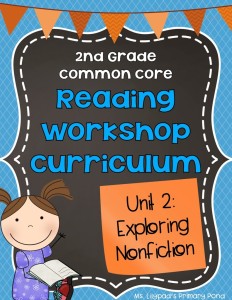
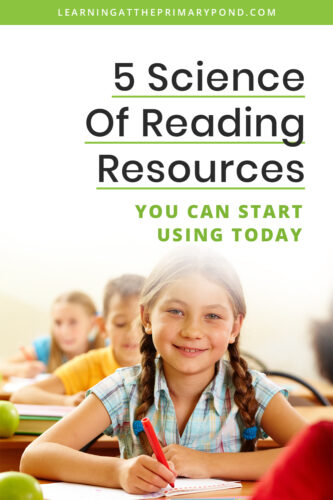






Thanks for the tips! How often a week do you do literacy centers? Are they their own subject/block in your schedule or part of your reading block (for example: start with a minilesson then have kids go into centers)? How much time do kids spend at each center before they move to the next? Appreciate your help!
Hi Kelly! Here is another blog I wrote where I give a minute by minute walkthrough. Take a peek and I hope that gives some answers to your great questions!
The link for the Literacy Center Toolkit is not working for me 🙁
So sorry about that, Ashley!! Try this link: Literacy Center Toolkit
I am a member of the first second grade literacy club where can I find the literacy centers there.
I’ll send you an email with directions!